Seto Inland Sea
The Setouchi Triennale Art Festival takes place every three years on the art islands of Japan’s Seto Inland Sea–and this year is a festival year! Let’s check it out!
We’ve introduced RocketNews24 readers to Shiraishi Island and Manabe Island in the Seto Inland Sea before, but today, we’re going to take you on a tour of a sister island in the same group. Sandwiched between Shiraishijima and Manabeshima in Okayama Prefecture’s Kasaoka Island Chain is an island called Kitagishima. It’s the largest island of the group (20km around) and you need transportation to get to the sites. There is no bus service, so if you don’t have your own car or motorcycle, you really can’t see much of Kitagi. Unless, of course, you have a bicycle! Kitagi has it’s own bike path, making it perfect for a two-wheeled day-trip.
Join our bicycling reporter as she takes you on a ride, making all your dreams come true on Kitagi, an island of private beaches, home-made pizza, cute goats, a huge granite vagina (optional). At the end of the article is an original, downloadable English map. Now that’s covering ALL the bases, isn’t it? Okay, let’s go!
Japan is one of the cleanest countries you’ll encounter as a traveler. The inside of the bullet train is kept absolutely spotless, taxi drivers can be seen buffing their vehicles of dust and road grit while waiting for the next customer. Graffiti is rare here and men in jumpsuits are employed to scrape off gum and anything else adhered to train station floors. Glamorous and gleaming is the way the Japanese like things. Even diesel trucks are washed down in their terminals after a day on the roads.
So it’s no surprise that the city streets are litter-free, that public trash bins ask you to separate your refuse into burnable and non-burnable bins, or that the Japanese have a reputation for taking their garbage home with them when attending sporting events.
So it may have been a surprise to some of our readers when someone commented on the trashiness of Japanese beaches in response to my previous article on Japanese beach culture, saying: “The number one beach activity in Japan is actually turning it into a giant open dump, full or empty beer cans, cigarette buds, and plastics of all kinds. It’s a big paradox when you see how clean the streets are.”
Although Japanese food is known the world over and Japanese restaurants can be found in almost any major city these days, many people may not be aware of a few of the finer Japanese delicacies–such as the creepy creatures from the bottom of the sea–that you can eat.
When you think of the seabed, if you think of a place that is dark, murky, and full of scary creatures such as giant squid and sea monsters, then perfect! Because today we’re going to meet some of those guys’ roommates.
Join our not-so-intrepid island reporter who prefers to pass when it comes to dining on the low-life relegated to the muck on the seabed. She skips out on the taste tests and instead grabs an unsuspecting foreign visitor to try out some of Japan’s more esoteric treats.
The Octopus is a mysterious creature. So mysterious he has even been suspected of murder. But in Japan, the octopus is usually first met on the plate. Whether as an ingredient in salad or Sexual Harassment sushi the octopus is considered the most efficient seafood because there is no waste–every part of the octopus is eaten–even the head.
Today, we invite you along on a virtual octopus hunt. Join our cephalopod-hunting reporter as she shows you not only how to catch an octopus, but how to turn its head inside out. As an added bonus, by the end of the article, you’ll have a full understanding as to why the mollusk’s scientific name is “octopus vulgaris.”
When people think of international travelers visiting an island in the Seto Inland Sea, they may think of Naoshima, where the International Art Festival is located, or perhaps Shiraishi Island, with its international villa for foreign guests. But French tourists are heading somewhere else–to a tiny island of just 230 people. Although the place is known as one of Japan’s cat islands, that’s not why French tourists go to this island. And even though Ken Watanabe, Masako Natsume and Hiromi Go have been there, the French go for a completely different reason than they did. Our floating reporter takes a ferry to the remote island to find out what makes it so popular with French tourists.



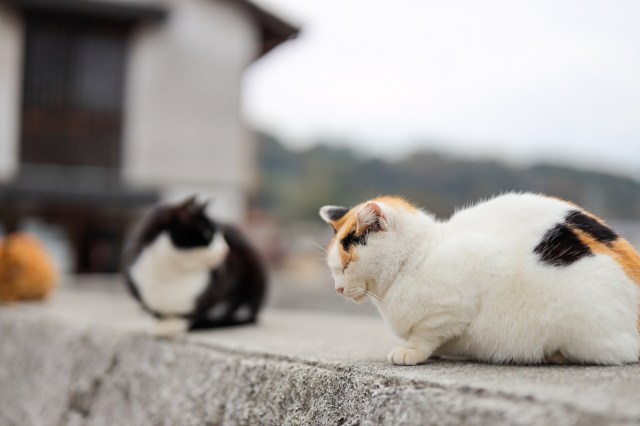
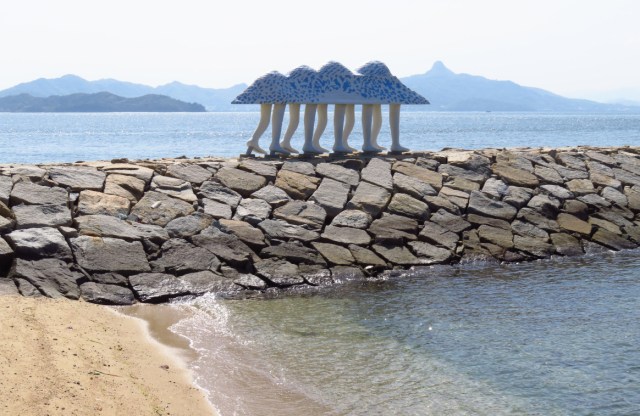
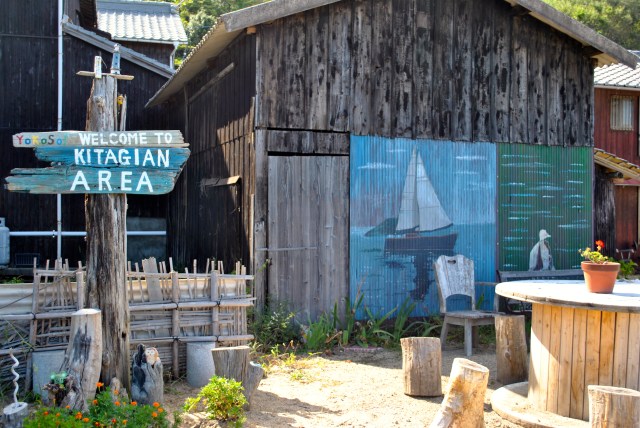
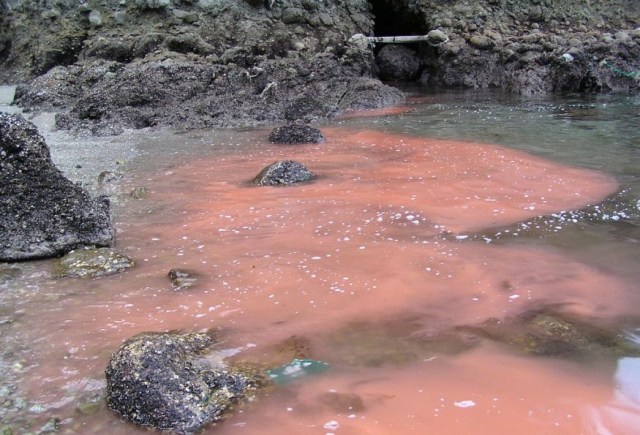
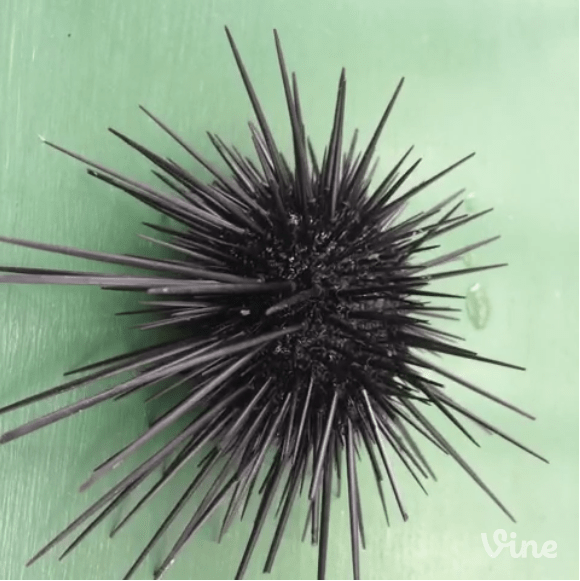
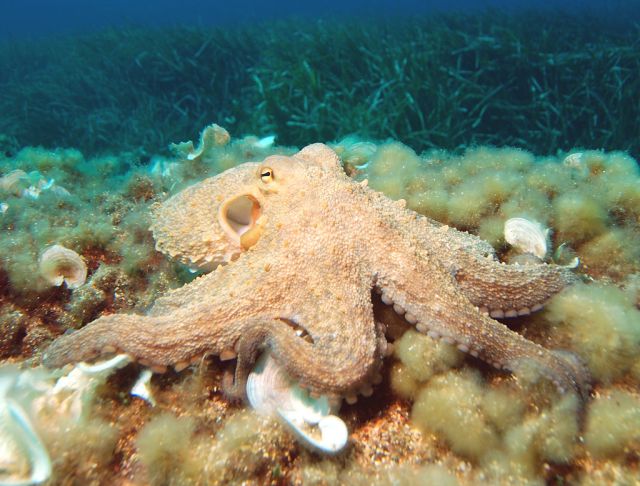
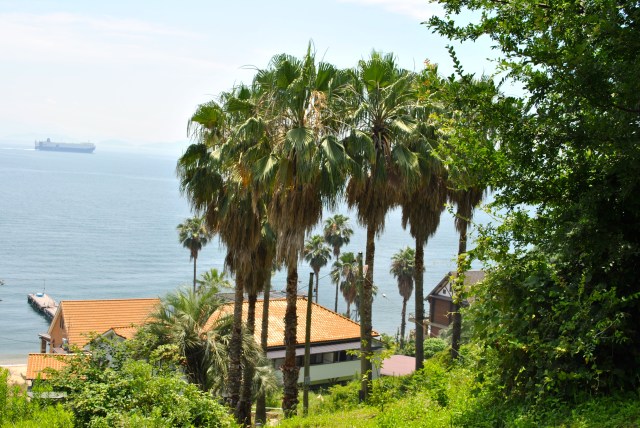
 Beautiful new Final Fantasy T-shirt collection on the way from Uniqlo【Photos】
Beautiful new Final Fantasy T-shirt collection on the way from Uniqlo【Photos】 Randomly running into a great sushi lunch like this is one of the best things about eating in Tokyo
Randomly running into a great sushi lunch like this is one of the best things about eating in Tokyo Disney princesses get official manga makeovers for Manga Princess Cafe opening in Tokyo
Disney princesses get official manga makeovers for Manga Princess Cafe opening in Tokyo Foreign English teachers in Japan pick their favorite Japanese-language phrases【Survey】
Foreign English teachers in Japan pick their favorite Japanese-language phrases【Survey】 Hey, Japanese taxi driver! Take us to your favorite restaurant in Tsuruga City!
Hey, Japanese taxi driver! Take us to your favorite restaurant in Tsuruga City! Is the new Shinkansen Train Desk ticket worth it?
Is the new Shinkansen Train Desk ticket worth it? Kyushu-exclusive Black Mont Blanc goes nationwide in a “Special” way
Kyushu-exclusive Black Mont Blanc goes nationwide in a “Special” way New book teaches Japanese people English to help out foreign travelers
New book teaches Japanese people English to help out foreign travelers Lawson convenience store teaches us how to make okonomiyaki with no knife or bowl 【SoraKitchen】
Lawson convenience store teaches us how to make okonomiyaki with no knife or bowl 【SoraKitchen】 Starbucks releases a special sparkly tumbler in Japan to support diversity
Starbucks releases a special sparkly tumbler in Japan to support diversity Our Japanese reporter visits Costco in the U.S., finds super American and very Japanese things
Our Japanese reporter visits Costco in the U.S., finds super American and very Japanese things New Studio Ghibli bedding sets are cool in all senses of the word
New Studio Ghibli bedding sets are cool in all senses of the word We try out “Chan Ramen”, an underground type of ramen popular in the ramen community
We try out “Chan Ramen”, an underground type of ramen popular in the ramen community New Pokémon cakes let you eat your way through Pikachu and all the Eevee evolutions
New Pokémon cakes let you eat your way through Pikachu and all the Eevee evolutions There’s a park inside Japan where you can also see Japan inside the park
There’s a park inside Japan where you can also see Japan inside the park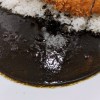 Japanese black curry “experiment” takes place at an unlikely restaurant branch in Tokyo
Japanese black curry “experiment” takes place at an unlikely restaurant branch in Tokyo Japanese convenience store packs a whole bento into an onigiri rice ball
Japanese convenience store packs a whole bento into an onigiri rice ball New definition of “Japanese whiskey” goes into effect to prevent fakes from fooling overseas buyers
New definition of “Japanese whiskey” goes into effect to prevent fakes from fooling overseas buyers Uniqlo opens its first Furugi Project secondhand clothing pop-up shop in Tokyo
Uniqlo opens its first Furugi Project secondhand clothing pop-up shop in Tokyo Studio Ghibli releases Kiki’s Delivery Service chocolate cake pouches in Japan
Studio Ghibli releases Kiki’s Delivery Service chocolate cake pouches in Japan Japan’s bone-breaking and record-breaking roller coaster is permanently shutting down
Japan’s bone-breaking and record-breaking roller coaster is permanently shutting down Toyota built a life-sized Miraidon Pokémon and are letting people test drive it this weekend
Toyota built a life-sized Miraidon Pokémon and are letting people test drive it this weekend Foreign passenger shoves conductor on one of the last full runs for Japan’s Thunderbird train
Foreign passenger shoves conductor on one of the last full runs for Japan’s Thunderbird train Kyoto bans tourists from geisha alleys in Gion, with fines for those who don’t follow rules
Kyoto bans tourists from geisha alleys in Gion, with fines for those who don’t follow rules Studio Ghibli unveils Mother’s Day gift set that captures the love in My Neighbour Totoro
Studio Ghibli unveils Mother’s Day gift set that captures the love in My Neighbour Totoro Domino’s Japan now sells…pizza ears?
Domino’s Japan now sells…pizza ears? New Japanese KitKat flavour stars Sanrio characters, including Hello Kitty
New Japanese KitKat flavour stars Sanrio characters, including Hello Kitty Sales of Japan’s most convenient train ticket/shopping payment cards suspended indefinitely
Sales of Japan’s most convenient train ticket/shopping payment cards suspended indefinitely Sold-out Studio Ghibli desktop humidifiers are back so Totoro can help you through the dry season
Sold-out Studio Ghibli desktop humidifiers are back so Totoro can help you through the dry season Japanese government to make first change to romanization spelling rules since the 1950s
Japanese government to make first change to romanization spelling rules since the 1950s Ghibli founders Toshio Suzuki and Hayao Miyazaki contribute to Japanese whisky Totoro label design
Ghibli founders Toshio Suzuki and Hayao Miyazaki contribute to Japanese whisky Totoro label design Doraemon found buried at sea as scene from 1993 anime becomes real life【Photos】
Doraemon found buried at sea as scene from 1993 anime becomes real life【Photos】 Tokyo’s most famous Starbucks is closed
Tokyo’s most famous Starbucks is closed One Piece characters’ nationalities revealed, but fans have mixed opinions
One Piece characters’ nationalities revealed, but fans have mixed opinions We asked a Uniqlo employee what four things we should buy and their suggestions didn’t disappoint
We asked a Uniqlo employee what four things we should buy and their suggestions didn’t disappoint Princesses, fruits, and blacksmiths: Study reveals the 30 most unusual family names in Japan
Princesses, fruits, and blacksmiths: Study reveals the 30 most unusual family names in Japan Studio Ghibli’s new desktop Howl’s Moving Castle will take your stationery on an adventure
Studio Ghibli’s new desktop Howl’s Moving Castle will take your stationery on an adventure Is the new Shinkansen Train Desk ticket worth it?
Is the new Shinkansen Train Desk ticket worth it? Kyushu-exclusive Black Mont Blanc goes nationwide in a “Special” way
Kyushu-exclusive Black Mont Blanc goes nationwide in a “Special” way New book teaches Japanese people English to help out foreign travelers
New book teaches Japanese people English to help out foreign travelers Lawson convenience store teaches us how to make okonomiyaki with no knife or bowl 【SoraKitchen】
Lawson convenience store teaches us how to make okonomiyaki with no knife or bowl 【SoraKitchen】 Starbucks releases a special sparkly tumbler in Japan to support diversity
Starbucks releases a special sparkly tumbler in Japan to support diversity Fried sandwiches arrive in Tokyo, become hot topic on social media
Fried sandwiches arrive in Tokyo, become hot topic on social media JR group offers all-you-can-ride passes for older couples in “Full Moon Couple Green Pass” deal
JR group offers all-you-can-ride passes for older couples in “Full Moon Couple Green Pass” deal Osaka’s creepy cute mascot speaks for first time, adds more fuel the creepy OR cute debate【Video】
Osaka’s creepy cute mascot speaks for first time, adds more fuel the creepy OR cute debate【Video】 Otaku husband returns home after argument to find wife has destroyed his anime robot collection
Otaku husband returns home after argument to find wife has destroyed his anime robot collection “Hey, Japanese taxi driver, take us to the best seafood joint in Otaru!”
“Hey, Japanese taxi driver, take us to the best seafood joint in Otaru!” Sanrio’s 2022 popularity ranking brings fans to tears after character’s shock return to top ten
Sanrio’s 2022 popularity ranking brings fans to tears after character’s shock return to top ten Cup Noodles Everything Bagel surprises ramen lovers around the world
Cup Noodles Everything Bagel surprises ramen lovers around the world